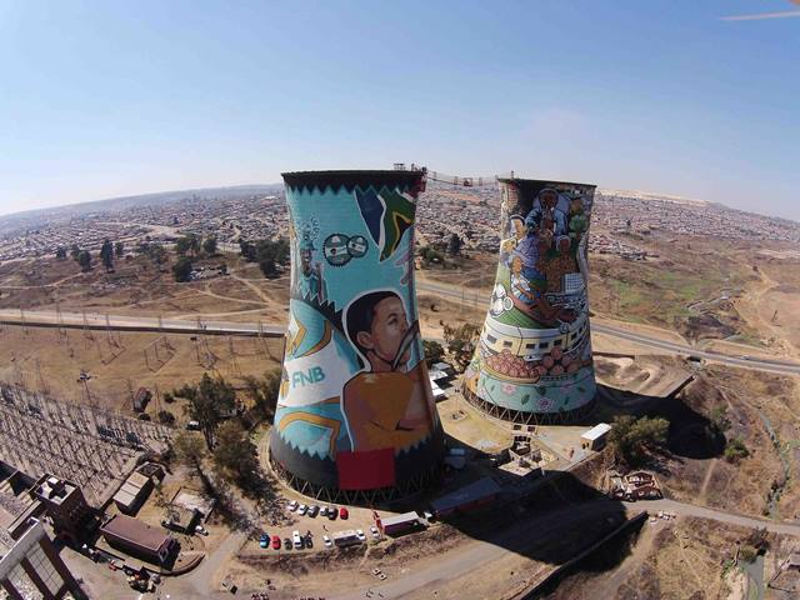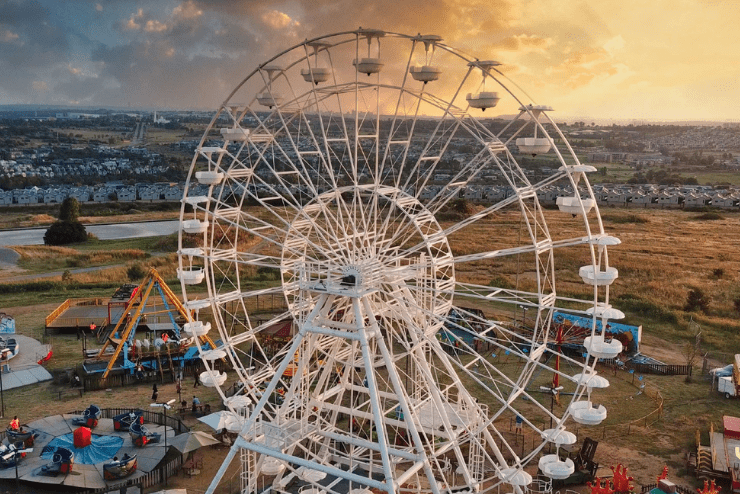The 10-Minute Rule for Johannesburg North Attractions
The 10-Minute Rule for Johannesburg North Attractions
Blog Article
5 Simple Techniques For Johannesburg North Attractions
Table of ContentsThe 7-Minute Rule for Johannesburg North AttractionsAn Unbiased View of Johannesburg North AttractionsThe Ultimate Guide To Johannesburg North AttractionsSome Ideas on Johannesburg North Attractions You Need To KnowThe smart Trick of Johannesburg North Attractions That Nobody is Talking AboutEverything about Johannesburg North Attractions
The city owes its place to the existence of a much more valuable resource: gold. The city expanded on the side of the Witwatersrand Key Coral reef, a below ground stratum of gold-bearing quartz-silica empire that arcs for hundreds of miles underneath the Highveld. The majority of the gold mines in the city discontinued procedure in the 1970s, but in its day the Witwatersrand gold sector accounted for greater than 40 percent of the world's annual gold manufacturing.Johannesburg has a temperate climate. The city enjoys regarding 8 hours of sunshine per day in both winter season and summertime.
What rain the city gets drops nearly solely in the summer months, typically in amazing late-afternoon electric tornados. Air air pollution presents a significant trouble, especially in the wintertime months, when thermal inversions hinder the westward flow of air from the Indian Sea. Pollution is most serious in the largely worked out Black territories on the city's periphery, where numerous locals still rely upon coal for gas.

The 10-Second Trick For Johannesburg North Attractions
The balance of the city is inhabited by whites. Accommodation varies in character and high quality.
Physical development, although somewhat limited by transportation, proceeded promptly as immigration to South Africa, and Johannesburg in particular, boosted considerably. This trouble was solved in the 1930s when the car was presented in mass production to South Africa. Vehicles were, essentially, restricted to the rich, and allowed them to relocate to the north of the city and commute right into the centre.
A lot of bad suburban areas were blended, with poor blacks and whites living with each other, although the affluent suburbs were generally scheduled for whites. This changed with the election of the National Party in the 1948 political elections, that began to formalise the system called racism. Discrimination formally designated which residential areas each race can reside in under the Team Areas Act.
The previous system of eleven numbered areas was reorganised in 2006. Marshalltown, as seen from the top of the Carlton Centre. The M1 and M2 run behind the buildings, and the southerly suburbs expand past the highway boundary. The internal city of Johannesburg lies within the city's Area F. The number of individuals living in the internal why not try these out city on an informal basis is unidentified, as several are illegal immigrants. The unemployment, education and learning, and age accounts of the area are all unidentified, due to the difficulty of acquiring trusted information concerning the area.
What Does Johannesburg North Attractions Mean?
Yeoville and Bellevue have a mix of apartment structures and single household systems on small whole lots. The area is situated on a mountainous divide that runs from eastern to west.

The Greatest Guide To Johannesburg North Attractions
The eastern residential areas are some of the earliest locations of Johannesburg, there are huge communities of Jewish and various other European histories, the bulk of the population is English talking. There are 3 golf courses as well as a number of safeguarded ridges with viewsites.
The location is mainly made up of old "matchbox" homes, or four-room residences developed by the government, that were developed to provide low-cost lodging for black employees during racism. Soweto is an acronym, standing for "South Western Townships". Road after street in this location is lined with matchboxes; nevertheless, a fantastic read there are a few smaller locations where thriving Sowetans have developed residences that are much more comparable in stature with those in more upscale suburban areas.
Hostels are another famous physical feature of Soweto. Originally developed to house male migrant employees, numerous have been enhanced as houses for couples and households. The N1 Western Bypass skirts the eastern limit of Soweto. The suburb was not traditionally allowed to produce employment centres within the location, so mostly all of its locals are travelers to other parts of the city.
The Greatest Guide To Johannesburg North Attractions
The domestic areas in the north residential areas are generally formal, with no substantial locations of informal real estate, or housing that does not have an irreversible structure. This is a well-known location, there is a trend of land use change from property to commercial, specifically along major arterial roadways and around well established nodes.
Roadways to the east and west are much less well established, as there are no highways official site taking a trip in that direction. Towards the north boundary of the city, the density of advancement reduces, leaving big locations of untaught land around Midrand.
A Biased View of Johannesburg North Attractions
The initial residential area to the north of the inner city is Parktown, which is located on a hill overlooking the central city and Hillbrow. It has many affluent citizens and Edwardian-style manors, as well as the Education and Medical universities of the University of the Witwatersrand. The big concrete Charlotte Maxeke Johannesburg Academic Medical Facility controls the sky line of Parktown.
Report this page